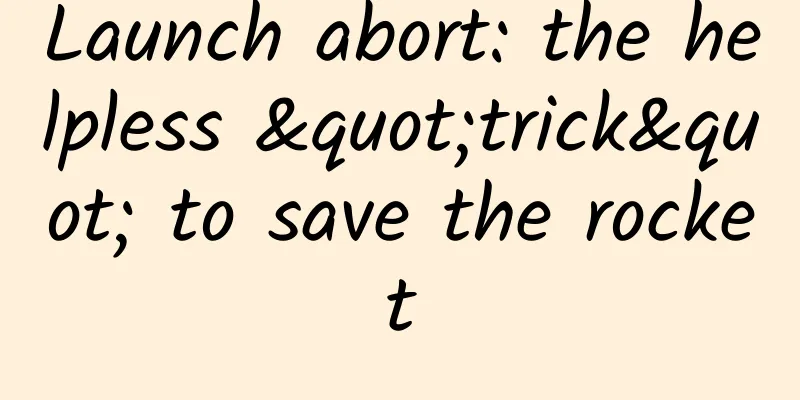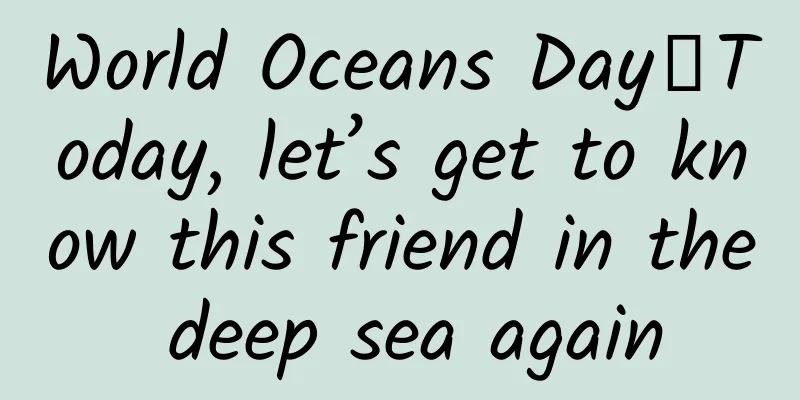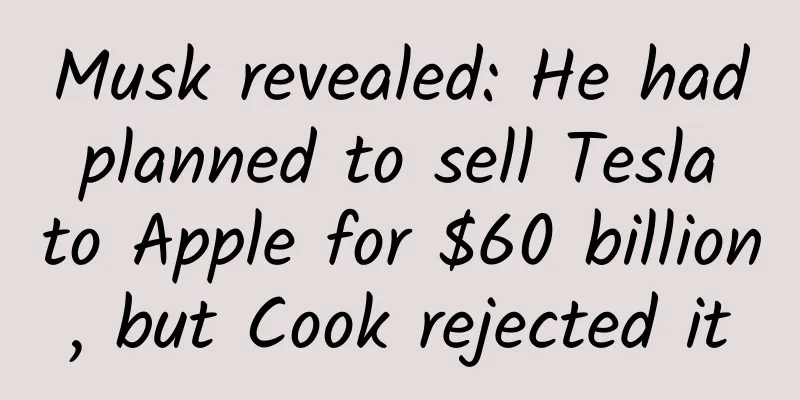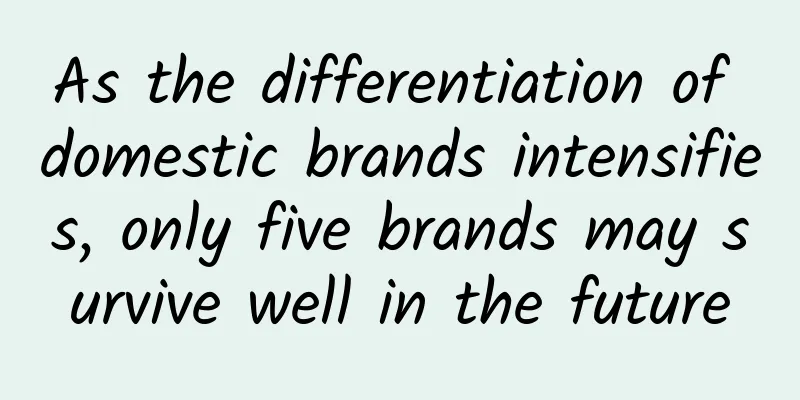How much money did you lose from that 9.9 yuan product?

|
Double Eleven, Double Twelve, Double Holidays... In addition to wave after wave of discount activities, merchants are now also trying their best to increase prices: laundry detergent for 9.9, snack gift packs for 19.9, annual membership for 29.9, making people unable to resist "buying sprees" and buying crazily. But many people only find out when they check out that these seemingly inexpensive items actually add up to far more than their budget. Image source: Weibo screenshot In fact, the fundamental problem lies in the surprisingly uniform pricing method of these products - that is, the number 9 after the decimal point. What kind of magic is this tiny 0.9? How attractive is 0.9? It is normal to fall into the 0.9 yuan trap. After all, people have fallen into it countless times more than a hundred years ago. In 1880, Macy's department store in the United States advertised in newspapers that its $0.99 and $1.99 products were absolutely "the best value ever." It’s hard to say whether it’s cost-effective or not, but the marketing effect is indeed good. After changing the price of the goods to end with 9, Macy’s sales increased significantly, and other stores followed suit, starting the 0.9 yuan pricing trend, which has been influential to this day. Some people don't believe in evil and want to break this convention. In 2011, Ron, Apple's senior vice president, moved to JCPenney, the largest department store chain in the United States. He believed that consumers should not be misled by various promotional tactics, but their right to know should be respected and the truest price of goods should be displayed. So, not long after taking office, Ron implemented a series of business measures in hundreds of his stores. One of the changes was to remove the 0.99 at the end of the product price and change it to a whole number. For example, a piece of clothing originally priced at $29.99 was rounded off to $30. At first glance, it seemed like just charging an extra cent, but the expected effect was greatly reduced. His series of measures actually led to a 30% drop in total sales. Why are people so keen on 0.9 products? In consumer science, this is called the "left-digit effect." Neil Kahneman, winner of the Nobel Prize in Economics, believes that the first signal received will affect people's brain's cognitive judgment ability. The smaller the first number, the smaller the estimate of the final result, and vice versa. Most countries write and read from left to right, which means that when we see the price of a product, we first see the number before the decimal point. Although 1.99 yuan and 2 yuan are only 1 cent apart, in our impression, they may have been classified as two different price levels. In a report, researchers divided the test subjects into different groups. In the first group, the two pens were priced at 2.00 yuan and 2.99 yuan respectively. In the second group, the prices of the two pens were changed to 1.99 yuan and 3.00 yuan. In fact, the price difference between the two pens was only increased by 2 cents. But the effect was amazing. In the first group, only 56% of people chose pen a, while in the second group, this figure rose to 82%. This is the impact of the first visual effect on people's consumption habits. The first group of prices all start with 2, which seems to be not much different, while the second group of prices have much different numbers before the decimal point. I believe that when many readers see the above two sets of numbers, their first reaction may be that the difference between the first set is less than 1 yuan, while the difference between the second set is nearly 2 yuan. But in fact, their difference has not changed much. Are products priced at 0.9 definitely a good deal? Some readers may think that one cent is not money, so buying 0.99 is definitely more cost-effective than buying a whole number. In fact, this is another trap set by the merchants. In 2021, the Journal of the Association for Consumer Research published a report in which researchers compared 98 million data points from large supermarket chains in the United States and found that for similar products that were not much different, products ending in 9 were 18% more expensive than those that did not end in 9. Robert, a marketing professor at Rutgers University, believes this is a "99 meaning paradox." When businesses are doing promotional activities, in order to create the association among consumers that "this is already the lowest price, after all, even the cents have to be calculated", they deliberately set the prices of some promotional items to end with 9. At first, these promotional items were indeed cheaper than similar items, but when consumers saw too many promotions and associated the number "9" with the concept of promotion, the merchants began their plan: to keep raising prices. For example, for the same product, one remains priced at 18 yuan, while the other increases in price from 16.9 yuan to 19.9 yuan. The latter is much more expensive than the former, but out of inertia, consumers will assume that the 18 yuan one may not have high performance, and 19.9 yuan is the lowest price for the same performance, after all, it ends in 9. Under the influence of the first visual effect, consumers will not have time to think that there is only a 1 cent difference between 0.99 yuan and 1 yuan, and the total of a product worth 1.99 yuan and a product worth 2.99 yuan is not more than 3 yuan, but close to 5 yuan. They will just take advantage of the low price and buy more items frantically, not knowing that they have been cheated twice without realizing it. Copyright images in the gallery. Reprinting and using them may lead to copyright disputes. What other weird tricks do merchants have? Nowadays, e-commerce shopping festivals are always one after another, and gimmicks are endless. Those activities that seem to allow you to get bargains may actually cause you to suffer a huge loss invisibly. For example, the "multiple options" routine is used by everyone from milk tea shops to high-tech manufacturers. For the same milk tea, the content of the medium and large cups is almost twice as much, but the price is not much different. On average, it seems that the large cup is more cost-effective. If you think this way, you have fallen prey to a cognitive bias called the “decoy effect.” Stores often offer less attractive options to get you to buy their more expensive main product, thereby making you pay more than you expected. For example, a certain brand of mobile phone has a basic version priced at 5,999 yuan, while the mid-level configuration has an additional 64GB of memory, which is larger than the basic version. It is very suitable for playing games and watching videos, but the price is only 1,000 yuan more. The advanced configuration is even more powerful, not only improving the camera function, but also increasing the screen refresh rate. The price is also 1,000 yuan higher than the former. I believe that many people will experience the following psychological experience when making comparisons: it is only 1,000 yuan more than the basic version, but there are so many more functions, so I should buy the mid-level configuration; but the advanced configuration has so many more functions, so I might as well spend another 1,000 yuan. As time goes by, I will directly upgrade to the highest level. In fact, this kind of "I'm here anyway" consumption mentality makes you play into the merchants' hands. While you think you have found good bargains, you forget that what you originally needed was actually just a basic version of the mobile phone. Those extra functions may be things you don't need, and those that exceed your budget are actually unnecessary consumption, or a waste. References [1] Kenneth C. Manning & David E. Sprott, 2009. "PriceEndings, Left-DigitEffects, andChoice," Journal of Consumer Research, Oxford University Press, vol. 36 (2), pages 328-335. [2] Avichai Snir, Daniel Levy. (2021). If you think 9-ending prices are low, think again. Journal of the Association for Consumer Research, 33-47. [3] Thomas, M., & Morwitz, V. (2005). Pennywise and poundfoolish: the left-digit effect in price cognition. Journal of Consumer Research, 32 (1), 54-64. [4]LessonsinPricingStrategyfromJCPenneyretrievefromhttps://mmrstrategy.com/lessons-in-pricing-strategy-from-jcpenney/ [5]The5BigMistakesThatLedtoRonJohnson'sOusteratJCPenneyretrievefromhttps://business.time.com/2013/04/09/the-5-big-mistakes-that-led-to-ron-johnsons-ouster-at-jc-penney/ [6]Thetrickthatmakesyouoverspendretrieverfromhttps://www.bbc.com/worklife/article/20190801-the-trick-that-makes-you-overspend [7]TheBusinessofChoice:MarketingtoConsumers'Instincts This article is a work of Science Popularization China-Starry Sky Project Produced by: Science Popularization Department of China Association for Science and Technology Producer|China Science and Technology Press Co., Ltd., Beijing Zhongke Xinghe Culture Media Co., Ltd. Author: Li Mi, popular science creator Reviewer: Fan Chunlei, Associate Researcher, Institute of Psychology, Chinese Academy of Sciences |
<<: Can a tempered glass screen protect your phone? Is a screen protector a waste of money?
>>: Wolves and moose entered the same isolated island: 69 years later, the wolves were extinct!
Recommend
A man drank "fake wine" by mistake and became poisoned and critically ill. The doctor actually used "real wine" to save his life?
Everyone has heard of this Have you ever heard of...
2022 Virtual Project Practical Guide, How to Build a Store with a Monthly Income of Ten Thousand Yuan from Scratch for Beginners [Video Course]
2022 Virtual Project Practical Guide, Novices Cre...
How much does it cost to customize the Yibin used car mini program? What is the price for customizing the Yibin used car mini program?
The main factors affecting the price of mini prog...
Summary of new features in iOS 10.3: AirPods can also locate and sound when lost
Apple released the first developer beta of iOS 10...
Mobei Kefan SEO course, the fourth issue, is available for free download from Baidu Cloud, worth RMB 3268
Course Catalog: A first look at DeDe's websit...
How much does it cost to be an agent of an agricultural products mini program in Qiandongnan?
How much does it cost to be an agent of an agricu...
Standing on the shoulders of Shannon and Boltzmann, looking at the art and philosophy of deep learning
Standing on the shoulders of Shannon and Boltzman...
"Ten o'clock classroom" 81 course series video + audio collection Baidu cloud download
"Shidian Classroom" is a leading knowle...
The fate of a man's brother and a man's god pdf electronic version_online reading
This book explains in detail everything from pers...
Counterpoint: Global cellular IoT module shipments fell 2% in Q3 2023
According to the latest data from Counterpoint, g...
Faraday Future uses virtual reality to create FFZERO1 concept car
Faraday Future unveiled its first concept car at ...
Happy Labor Day! Remember the "five ones" for health, and don't stop being healthy during the holidays!
Take some time off during the May Day holiday, bu...
The price of OneCoin will appreciate in 2020. What is the estimated price of OneCoin in 2020?
OneCoin price appreciation in 2020 What is the es...
New results from collision! A sensitive probe is now available to explore the difference between positive and negative matter
The Beijing Spectrometer III (BESIII) experiment ...
Apple quietly lowered the price of device recycling, but will it have a big impact?
"Apple Trade In Program" is an "ol...









